All newly planted trees need regular watering, but some trees handle dry conditions better once established. This article highlights the best drought tolerant trees for drier areas in the UK.
The Callery pear is one of the best drought tolerant trees. It has a conical, upright crown and glossy green leaves from March to November. This ornamental pear doesn’t produce fruit but puts on a show with masses of 2cm white flowers in early spring. In autumn, it turns a striking reddish-purple. It tolerates air pollution, urban planting and coastal winds without trouble.
The Turkish hazel is another one of our favourite drought tolerant trees to recommend. It has striking, corky bark that develops deep fissures as it matures. In early spring, it produces long yellow catkins for a bold display. Corylus colurna thrives in dry conditions but prefers moist, well-drained soil. Like all trees grown with daily irrigation, it needs regular watering during its first one or two growing seasons as it settles from nursery life to the landscape.
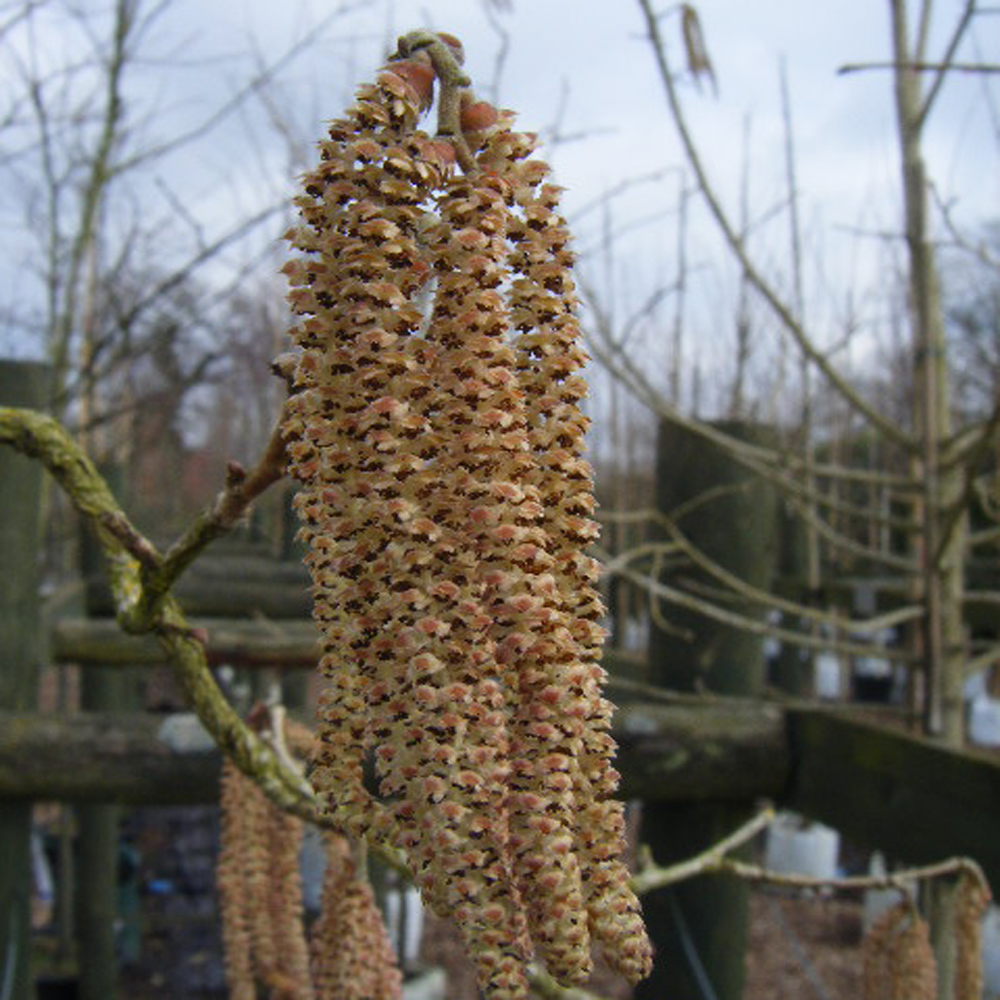
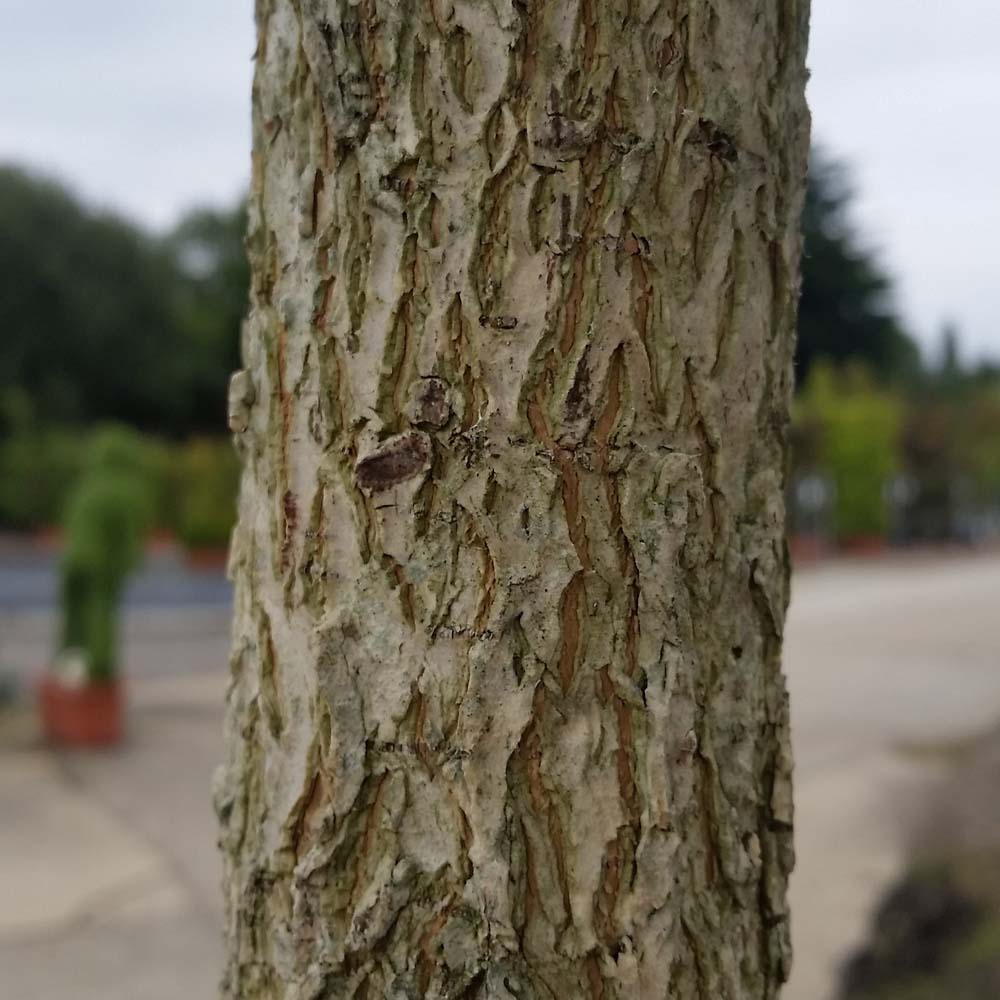
Ginkgo biloba, also called the Maidenhair tree, dates back over 270 million years. It has a unique fan-shaped leaf, a tall conical crown, and bright yellow autumn colour. One of the best drought tolerant trees, Ginkgo is among the toughest to establish in the UK. It’s highly resilient and often overlooked.
The Silver birch is native to the British Isles. It stands out with its silvery-white bark and graceful, weeping branches. As it matures, the bark forms deep fissures. Its narrow shape, low water needs, and shallow roots make it ideal for tight spaces. It ranks among the best drought tolerant trees and often looks best when planted in groups for striking effect.
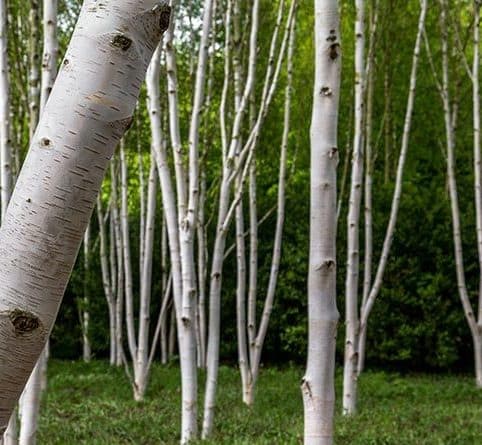
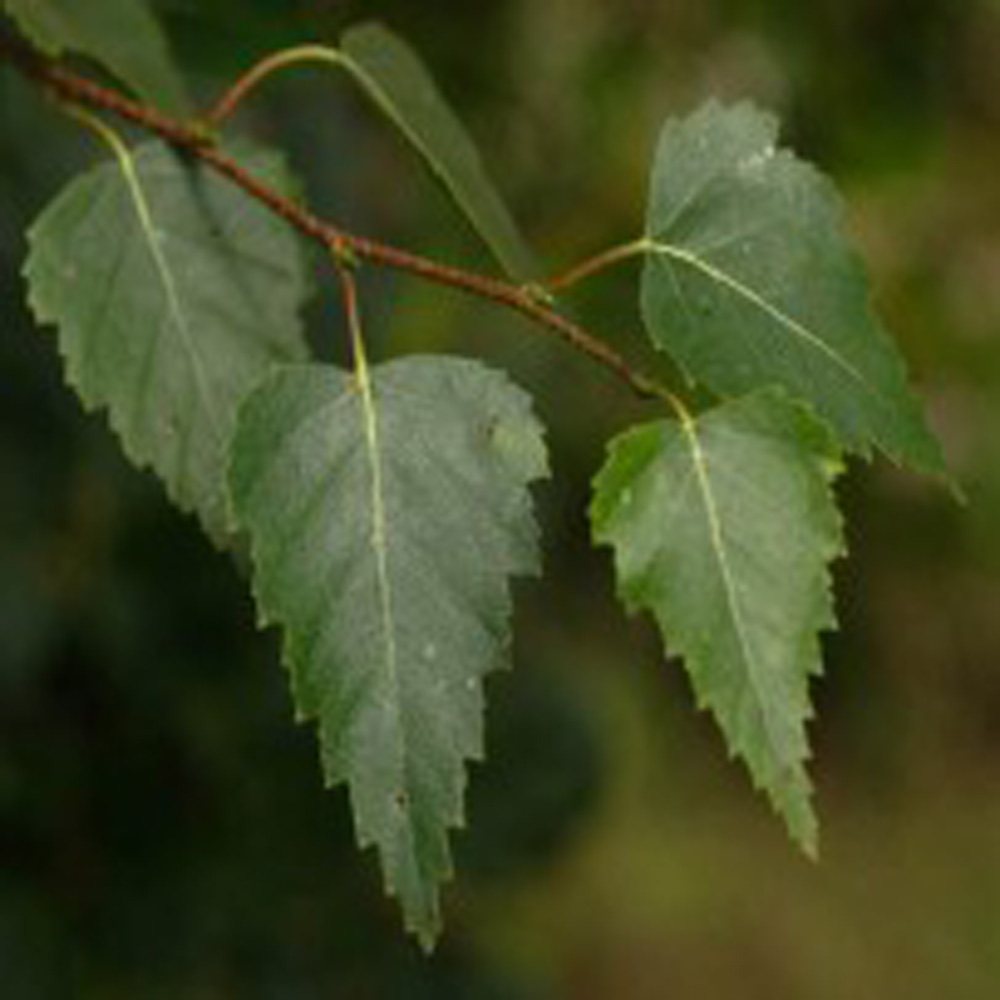
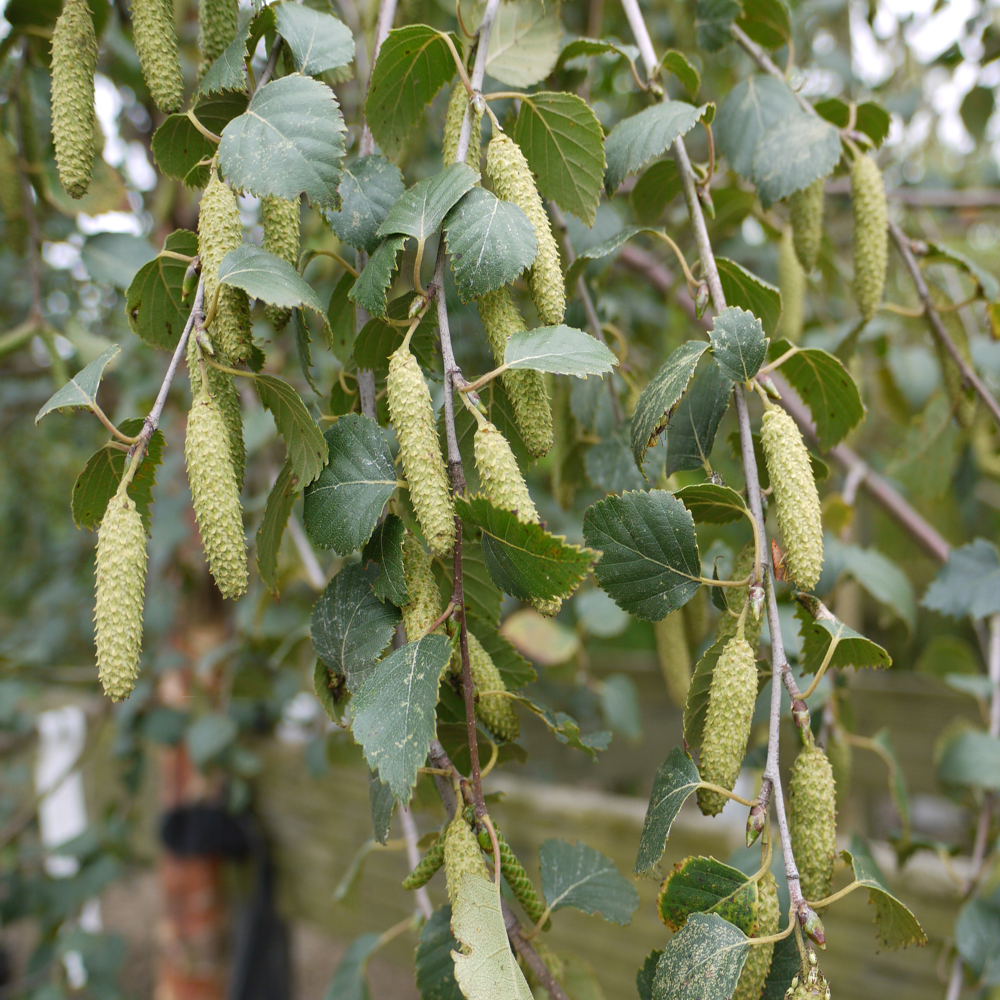
1. Tree Care Tips: How to plant, water and maintain your trees
2. Are Half Standard Trees Good for Small Gardens?
3. What trees are best for new build gardens?
4. Visit Our Nursery to Pick your Own Trees!
5. How to plant a tree grown in a container – a professional guide!
Having spent a good deal of hard-earned money investing in your new trees, it is crucial that they receive enough water, especially during the first few growing seasons after planting. In this article, we’ll share best practices for irrigating trees to help you provide the right amount of water, ensuring they survive the growing season and remain healthy!
To help your new tree thrive, proper watering is crucial, especially in its initial years. Tree roots absorb water and nutrients from the soil to stay healthy. However, the root systems of newly planted trees aren’t yet established enough to efficiently absorb water from the surrounding soil. This is why a regular watering schedule is essential to aid their development.
As your tree establishes itself in its new location, its need for watering will decrease. However, it’s vital to keep the soil consistently moist for the first few years after planting. If the soil lacks sufficient moisture, the roots can dry out and die back, potentially leading to stunted growth or even the loss of your tree.
At our nursery, we are fortunate to have boreholes that pump natural water directly from the ground into holding tanks, which supply our pressurised irrigation system. The trees in our production areas, fixed to tree lines, receive a set amount of water three times throughout the evening and hours of darkness. Once they leave the nursery, it’s up to you to ensure your trees receive enough water to keep the soil moist.
Here are some helpful watering tips:
1. Water in the early morning or evening. Morning watering allows the tree to absorb moisture throughout the day, while evening watering minimizes water loss due to evaporation. Avoid watering during the hottest part of the day, as much of the moisture will evaporate before reaching the roots.
2. Recommended volume. As a guide, we recommend giving each tree approximately 5 litres of water every second day during the growing season. This volume is a good starting point for maintaining consistently moist soil. However, you’ll need to regularly check the soil to ensure it’s not becoming too wet or too dry. It is up to you to adjust the volume as required.
3. Direct water at the base. Direct the water at the base of the trunk, making sure it soaks into the soil around the roots. Avoid watering the leaves, as this can lead to fungal issues or leaf scorch. Using a rose attachment on your hose or watering can will help reduce runoff and improve water absorption.
Following these tips will help your new tree flourish! It’s important to avoid both over and under watering. If the soil becomes too dry, it can stress the tree, and if it’s oversaturated, the roots won’t be able to access the oxygen in the surrounding soil. Please note that rainfall is often not enough, especially during dry spells.
For added convenience, you might consider installing a tree watering bag or using a root rain irrigation system. These tools deliver water slowly and directly to the root zone, promoting deep root growth and long-term resilience. Tree watering bags are particularly useful if you’re planning to go away on holiday!
We hope this helped to highlight the best practices for irrigating trees! If you have any questions please contact our knowledgeable sales staff!
Deciduous trees drop their leaves in winter. But they bring rich seasonal colour through the rest of the year. In this guide, we share our top picks for trees that offer beauty across the seasons.
Japanese maples are loved for their changing foliage. Their leaves are usually palmate, with 5 to 7 slender, pointed lobes. These trees shine in spring, summer, and autumn. You’ll see vibrant greens, deep purples/reds and rich orange tones. They’re also versatile so you can grow them as small trees or keep them in large pots.
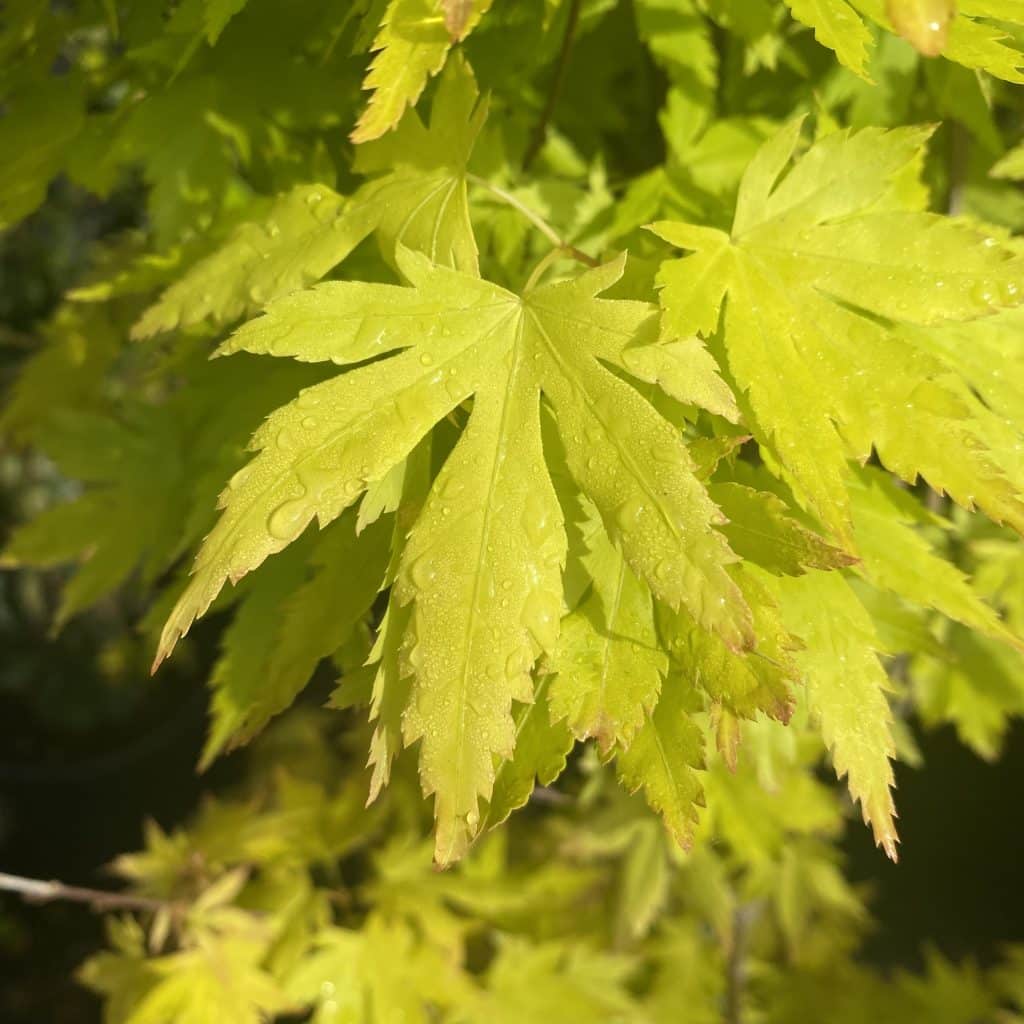
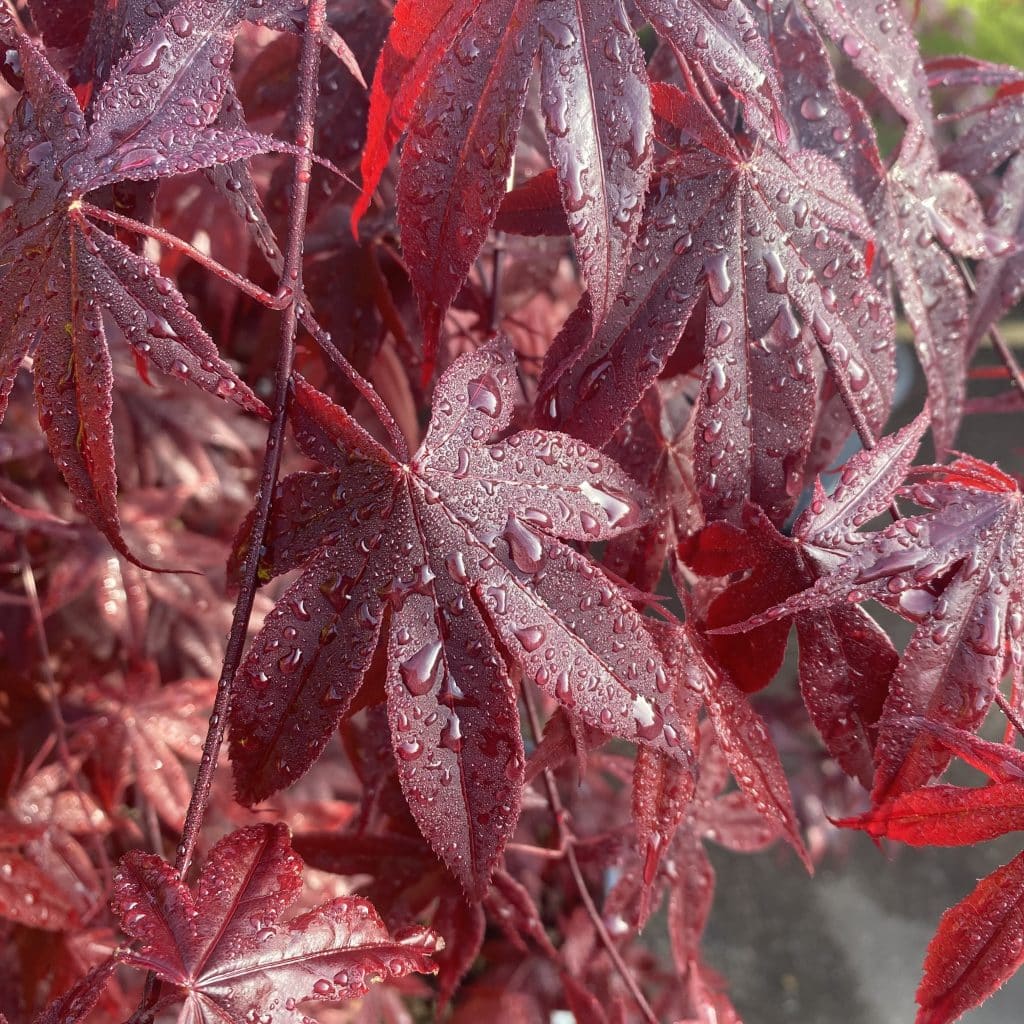
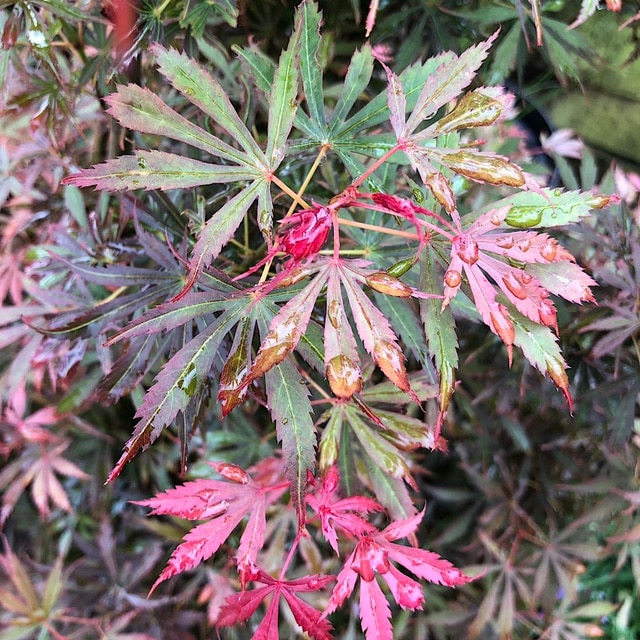
A favourite when planting trees for seasonal colour, flowering cherry trees come in many varieties. Some have soft pink, double pink, or white blooms. Others grow with a narrow, upright crown or a broad, spreading shape. Each type offers its own unique charm. Some of our favourite varieties include:
The Great White Cherry. Prunus ‘Tai Haku’ is one of the best white-flowering cherries. It shows off large, single white blooms in spring.
Prunus Kanzan. ‘Kanzan’ bursts with double pink flowers in spring. Young leaves start bronze, turn green in summer, then shift to orange and red in autumn. A great tree for long-lasting seasonal colour.
Other pink flowering varieties:
1. Prunus ‘Pink Perfection’ similar flowers to ‘Kanzan’ but stays smaller and neater. It fits well in tighter spots.
2. Prunus ‘Accolade’ is one of the first to flower. It’s a compact tree with lovely double pink blooms.
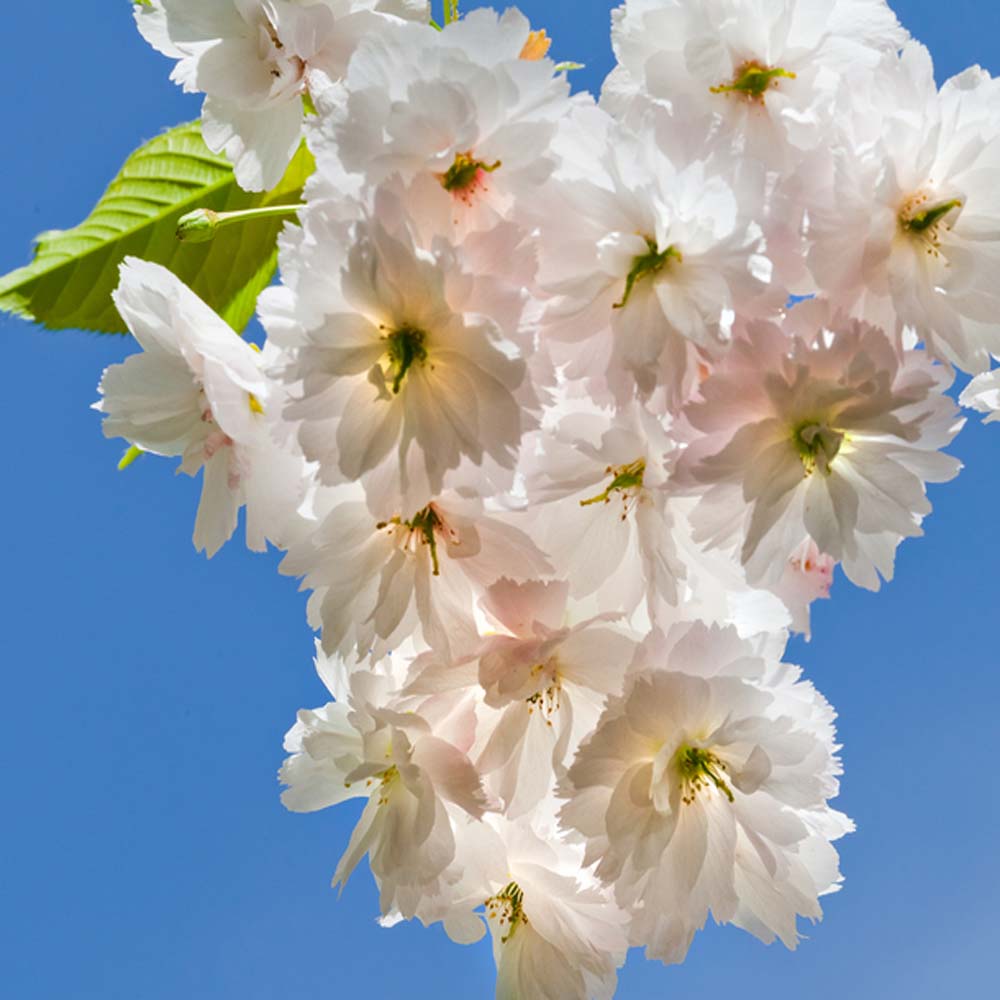
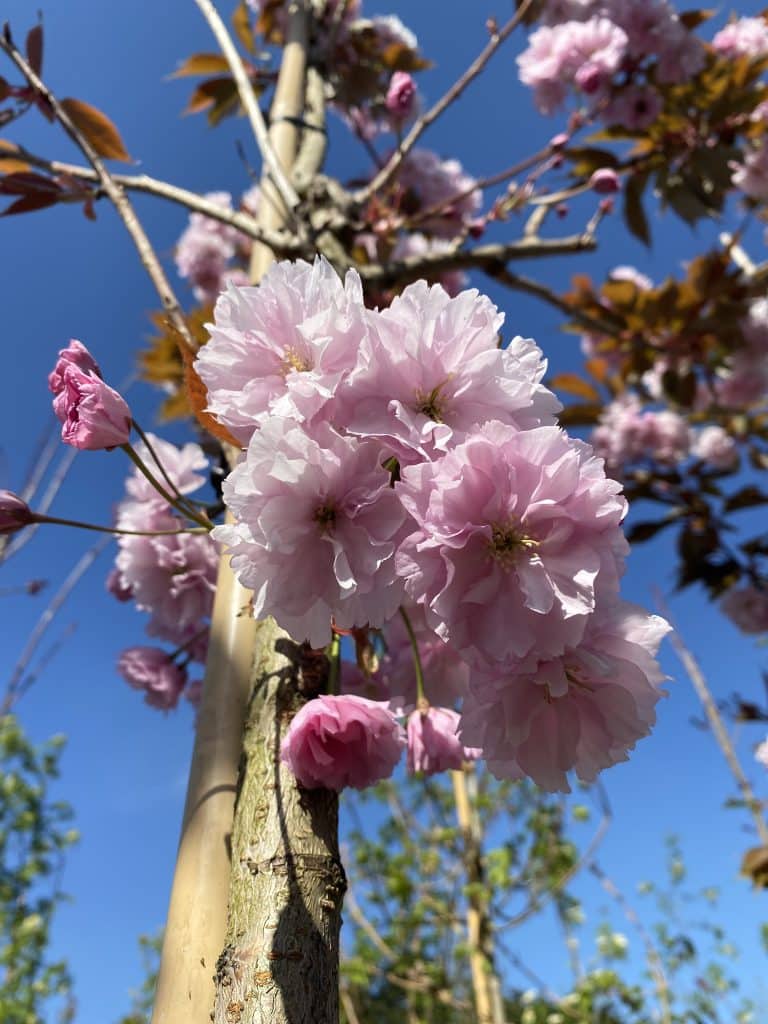

Most cherry trees flower in spring, but there are exceptions like Prunus subhirtella ‘Autumnalis Rosea’. This variety adds seasonal colour in winter. It blooms from November to March with dainty, semi-double pink flowers. It’s a top choice to brighten grey winter days.
Adding trees for seasonal colour is an easy and effective way to keep your garden looking vibrant throughout the year. If you have any questions or want to check the availability of a specific tree, feel free to get in touch with our sales team. If you visit the nursery, you’re even able to pick your own trees!
Read More:
2. Best Trees for Privacy: Before and after planting!
3. 10 Trees for Small Gardens!
4. Tree Planting Kits: Give your newly planted tree the best start!
5. How to Water Newly Planted Trees
We are now approaching the optimum time to plant fruit trees. View our range of fruit trees for sale here.
King and Co sell a range of fruit trees in the UK.
How does frost affect plants? With the recent cold spell, it’s a question we hear a lot. Most of the plants we stock at the nursery handle winter well. But when temperatures drop extremely low some plants struggle. Frost can cause leaf edges to blacken, especially on Photinias, Camellias, and Magnolias. Late spring frosts can also cause problems, including damage buds and young leaves. This can reduce flowering and fruit production, but most plants thankfully recover once summer arrives.
Cold weather isn’t all bad. For nurserymen, winter frost plays a vital role. Low temperatures help control pests as a hard frost can kill off adult bugs that might otherwise survive to breed again. Without it, they return in greater numbers the following year, often making summer harder for pest control. Mild winters often lead to more pest and disease issues.
Even though we use automated irrigation at the nursery, we still welcome a good wet spell when spring arrives as moisture helps plants put out strong new growth. Dry springs, especially on clay soil, can lead to cracking. This stresses young roots and slows development.
In recent years, weather patterns have become more extreme with strong winds damaging both nursery stock and infrastructure. Sadly, we can’t control the weather, but we do our best to adapt season by season.
One of our top picks for winter colour is the Winter Flowering Cherry (Prunus subhirtella ‘Autumnalis Rosea’). It adds a gentle pink glow to the garden through the coldest months. Small, semi-double pink flowers open from dark buds between November and March. This cherry tree also has a loose, rounded crown with gently arching branches. Fresh green leaves arrive in late spring and turn yellow-orange in autumn. It’s ideal for small gardens because it doesn’t block much light.
This variety earned the Award of Merit in 1960 and the Award of Garden Merit in 2002. It’s still a popular choice in parks and home gardens alike.
How does frost affect plants? In conclusion, it depends on the species, the timing, and the severity of the cold. While some plants may suffer visible damage, others benefit from the cold through reduced pest pressure. With the right care and plant choices, your garden can continue to thrive, no matter what the weather brings.
2. Top 10 Trees for Winter Interest: Part One
4. Top 10 Trees for Winter Interest: Part Two
How did Brexit affect us? It’s a question many in horticulture were asking after the UK voted to leave the EU. At the time, constant changes and mixed messages created a lot of uncertainty. The media often painted a worrying picture. It was hard to know what Brexit would mean for the trade of plants and trees, but for businesses like ours, the impact turned out to be simpler than expected.
Our main concern was imports, as much of our stock comes from the EU. But after Brexit, the trucks kept arriving as usual and checks remained the same. Although the paperwork is more detailed, this had little impact as DEFRA brought in extra plant health inspectors to keep things moving.
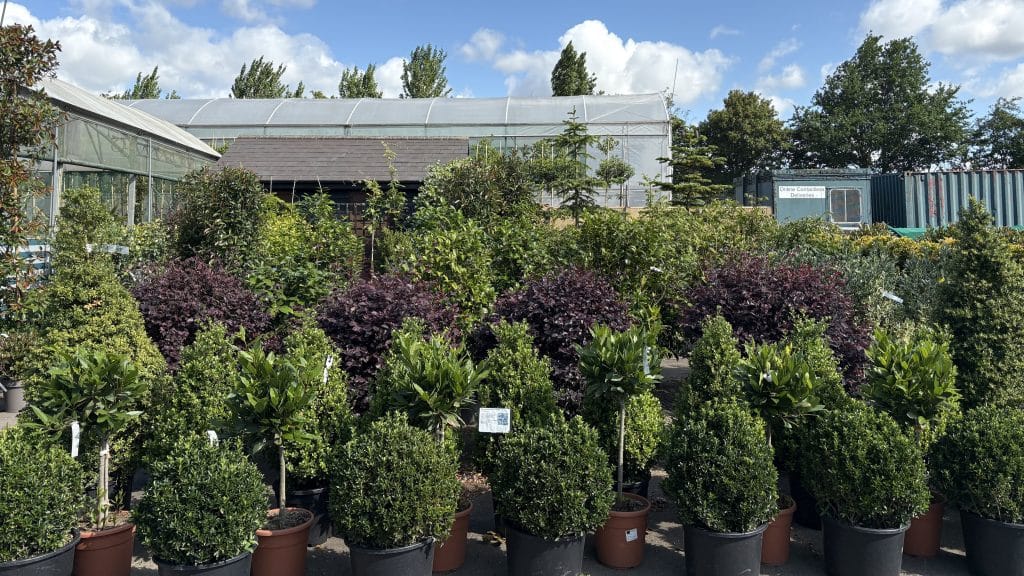
With Christmas behind you, it might be time to turn your attention back to the garden. While you can plant container-grown trees year-round, January offers some key advantages…especially for bare root and rootball planting!
1. More Planting Options. January opens the door to planting bare root and rootball trees, which aren’t available year-round. These trees typically cost less than container-grown options because they come without pots, but you can only plant them during the dormant winter months.
2. Less Stress. Container-grown trees can go in the ground any time, but planting them during the growing season demands more care. Planting in winter, when trees are dormant, helps avoid transplant shock. With no immediate demands of leaf or shoot growth, trees can put all their energy into establishing roots.
3. Moist Soil. Winter’s cool, moist conditions reduce the need for constant watering. You should still check the soil during long dry spells, but generally, the soil should be moist enough (just check it over any extended dry periods). No matter when you plant, you’ll need to set up a regular watering routine through the first few growing seasons to support root development.
In January, the plants are still fully dormant and the risk of transplant losses is minimal. There is also drying winds and frosty weather which creates an ideal ‘weather window’ for getting plants in the ground. Although the season lasts until March, it is important to factor in the lead time required to source all your plants and accessories.
As the season progresses, suppliers of tree protection products such as shelters and rabbit guards often report extended lead times. It’s surprisingly easy to end up with all your plants ready, only to face frustrating delays due to shortages in critical items like guards or shelters. Tree stakes can also be a bottleneck. Many are imported from countries like Latvia and arrive by sea at irregular intervals. As demand increases later in the season, sourcing the correct sizes becomes more difficult and less reliable.
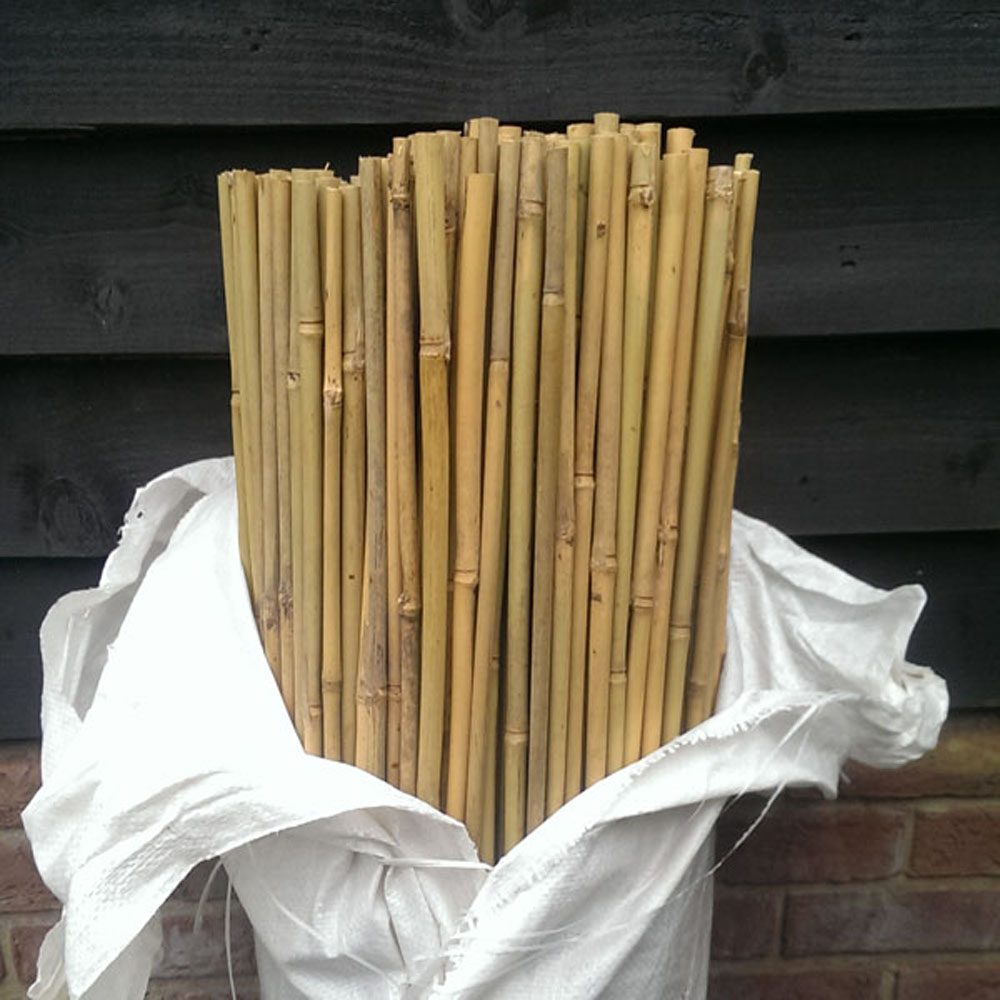
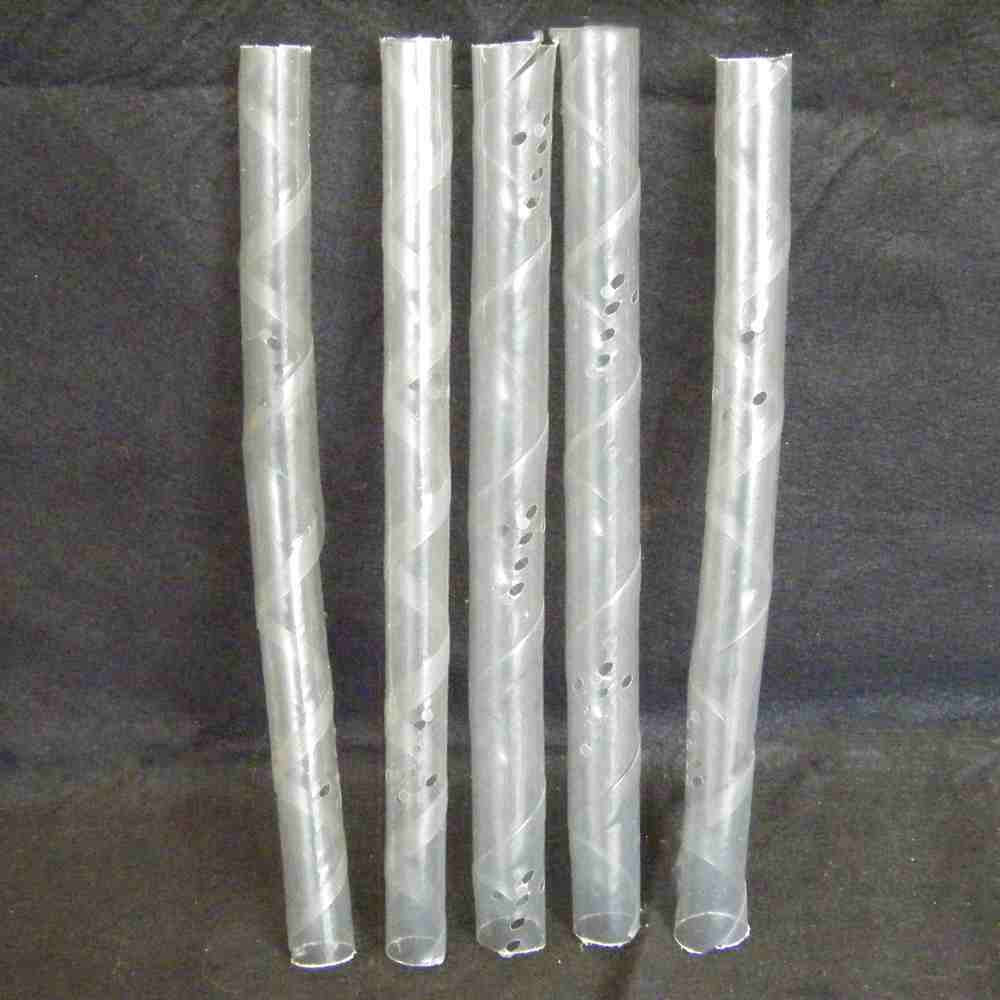
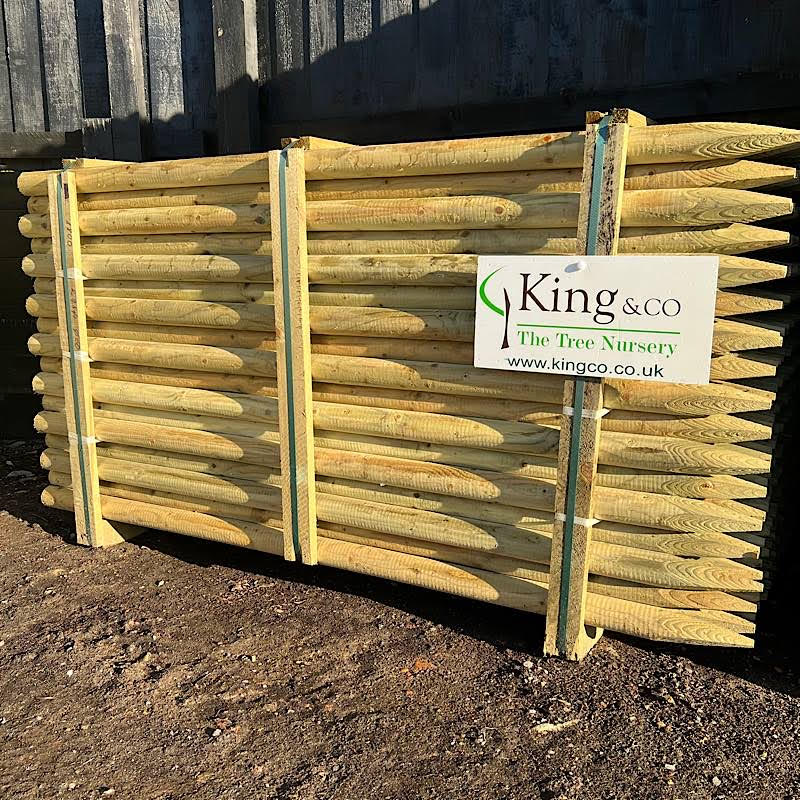
Planting in January also benefits your plants as it gives them more time to establish roots and absorb moisture and nutrients before the demands of spring growth begin. If you already know what you need, let us know and we can reserve everything for you in advance, ensuring you’re fully prepared when the time comes to plant!
It’s one of our favourite evergreens for screening and hedging, but you may be asking yourself why is Photinia Red Robin so popular? Take a look at informative article to discover the different Photinia varieties we stock, their features and the benefits of planting!
As part of the Rose family, the Photinia genus includes around 50 to 60 different species of attractive small trees and shrubs. At King & Co we typically stock popular Photinia varieties including Photinia ‘Red Robin’, ‘Pink Marble’, and ‘Carre Rouge’. In addition to these readily available options, we have also stocked other interesting varieties such as ‘Little Red Robin’, ‘Louise’, ‘Pink Crispy’, and ‘Compacta’. As our stock is frequently updated, please feel free to contact us to inquire about the current availability of these or any other specific Photinia varieties you might be interested in!
Photinia ‘Red Robin’ – One of the most popular and flexible plants sold in the UK today, Photinia is a very fast growing, dense evergreen plant. Easy to grow and quick to establish in your garden, Red Robin is perfect for colour and privacy. It has brilliant red young leaves, which later transform into a glossy green, and a profusion of white flowers in April and May.
Photinia ‘Pink Marble’ – Striking variegated foliage that emerges red with a green tint and pink margin. This foliage then matures to dark green with a creamy margin.
Photinia ‘Carre Rouge’ – Shares a strong resemblance with the popular ‘Red Robin’, distinguished by its slightly smaller foliage that exhibits a deeper shade of red.
At King & Co we have these Photinia varieties available in several forms, including standard and half standard trees, elegant pleached trees, and stylish espaliers. We also stock Photinia as bushy hedging plants and neatly clipped balls!
Our standard and pleached trees are a fantastic option if you’re looking to add more privacy to your outdoor space. Both styles are grown with a 6ft clear stem so their heads of foliage can screen above a fence line to create an effective natural barrier! For a similar effect against lower walls, or as striking features beside doorways, our half standard trees are ideal. They also work wonderfully to introduce height and dimension to garden spaces.
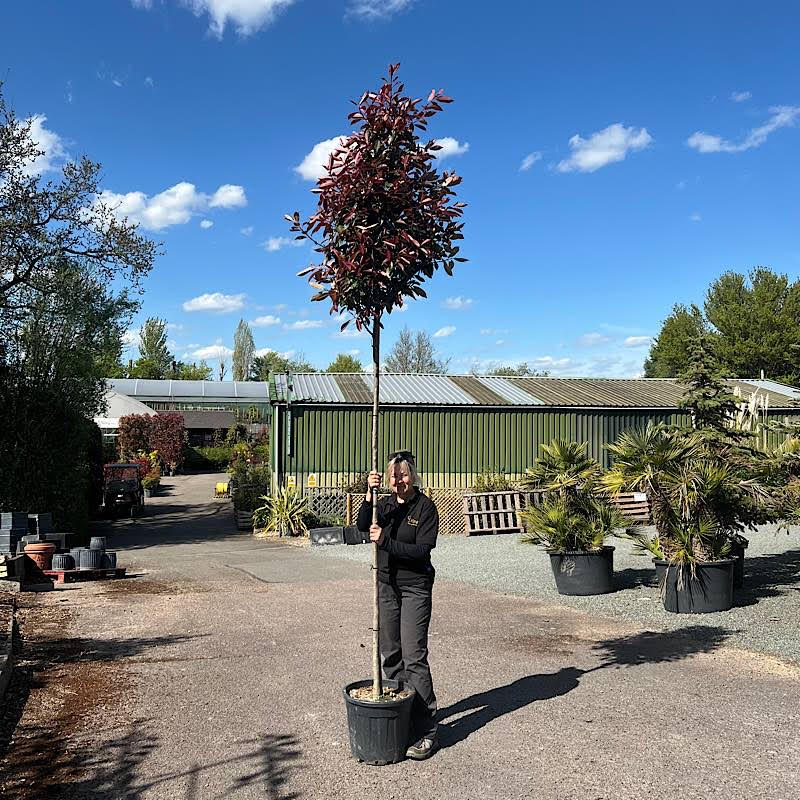

Just like pleached trees, espalier plants are trained onto a frame to develop a wider and flatter shape. These plants are a popular choice for planting near paths or around patio seating areas. They are excellent for areas where space is limited.
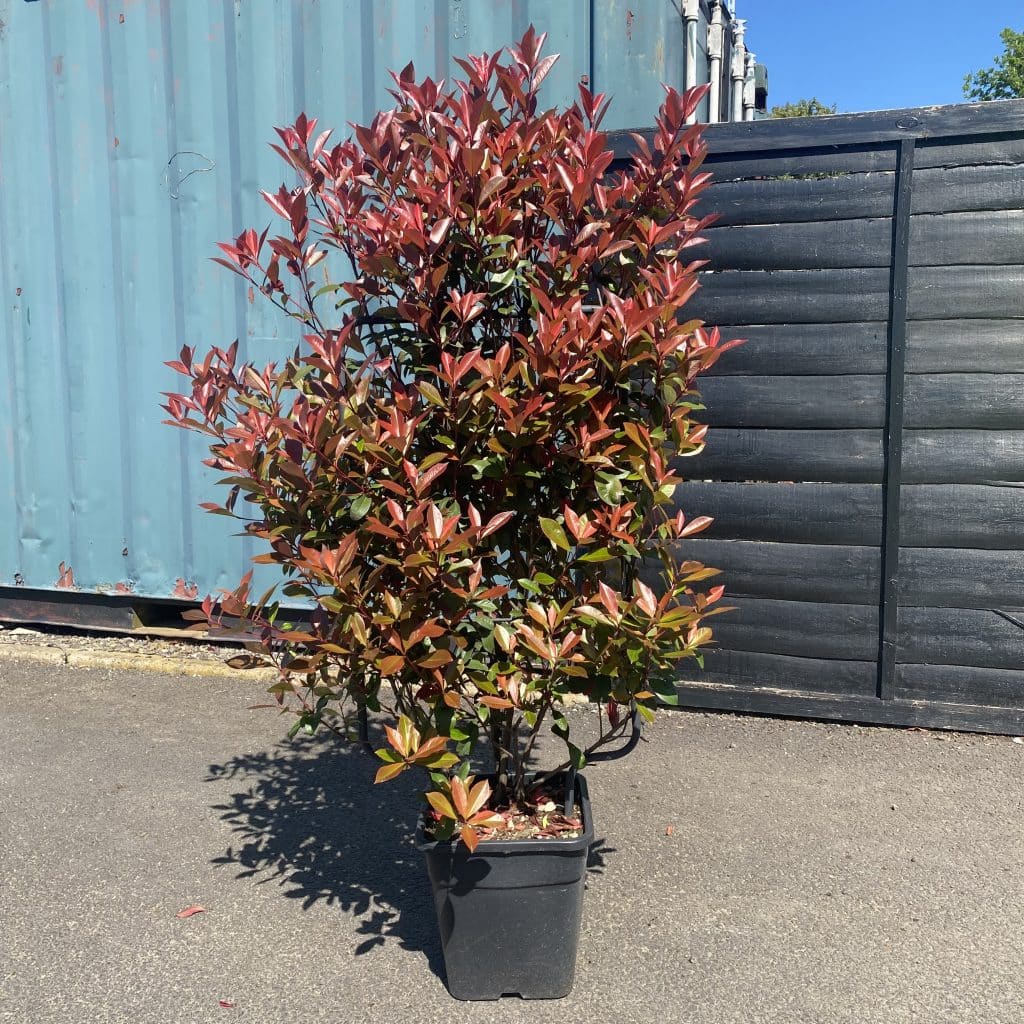
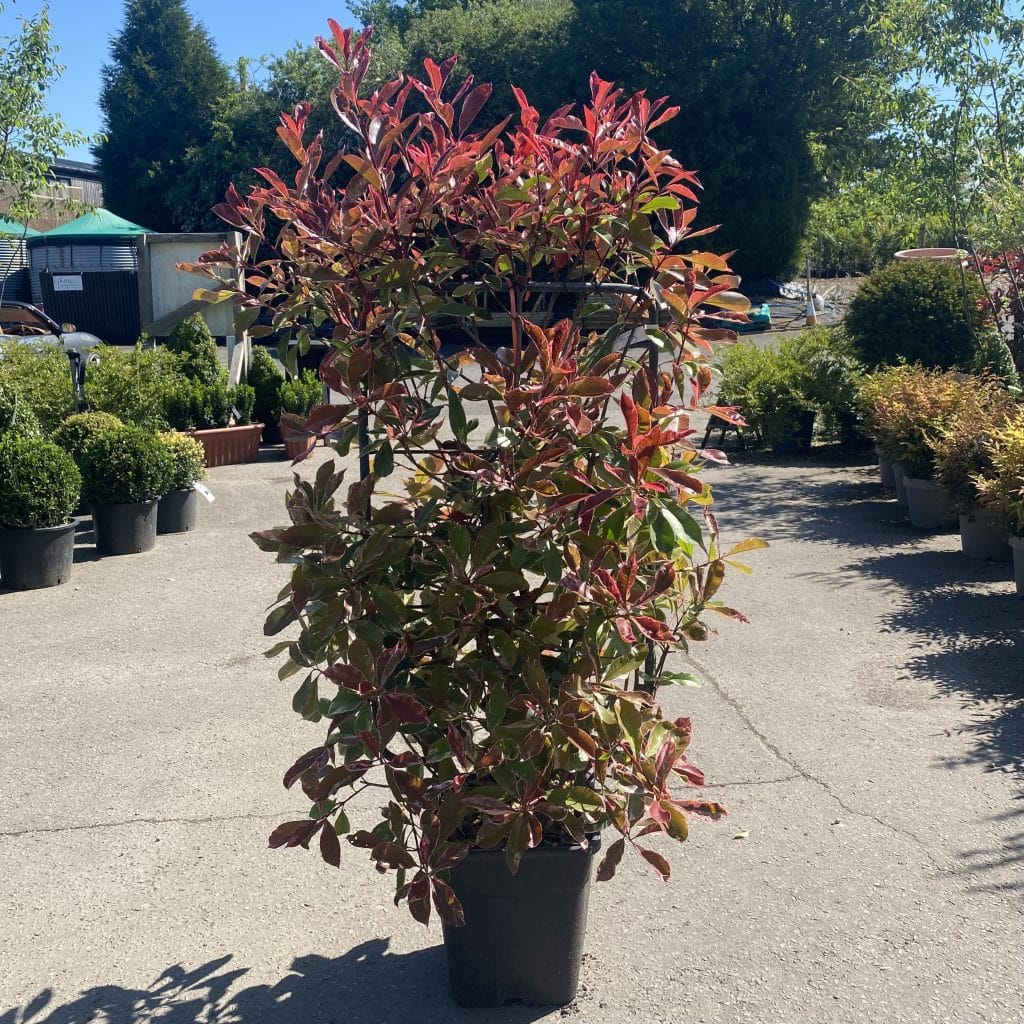
Photinia hedging plants can be planted closely to create a dense, formal hedge or allowed to grow into an open, upright shrub. Whereas, the clipped balls can be clipped to maintain an ornamental shape that provides excellent year-round structure to a garden. In fact, trimming will help to reinvigorate the plant so that it produces new buds holding rich, bright red leaves!
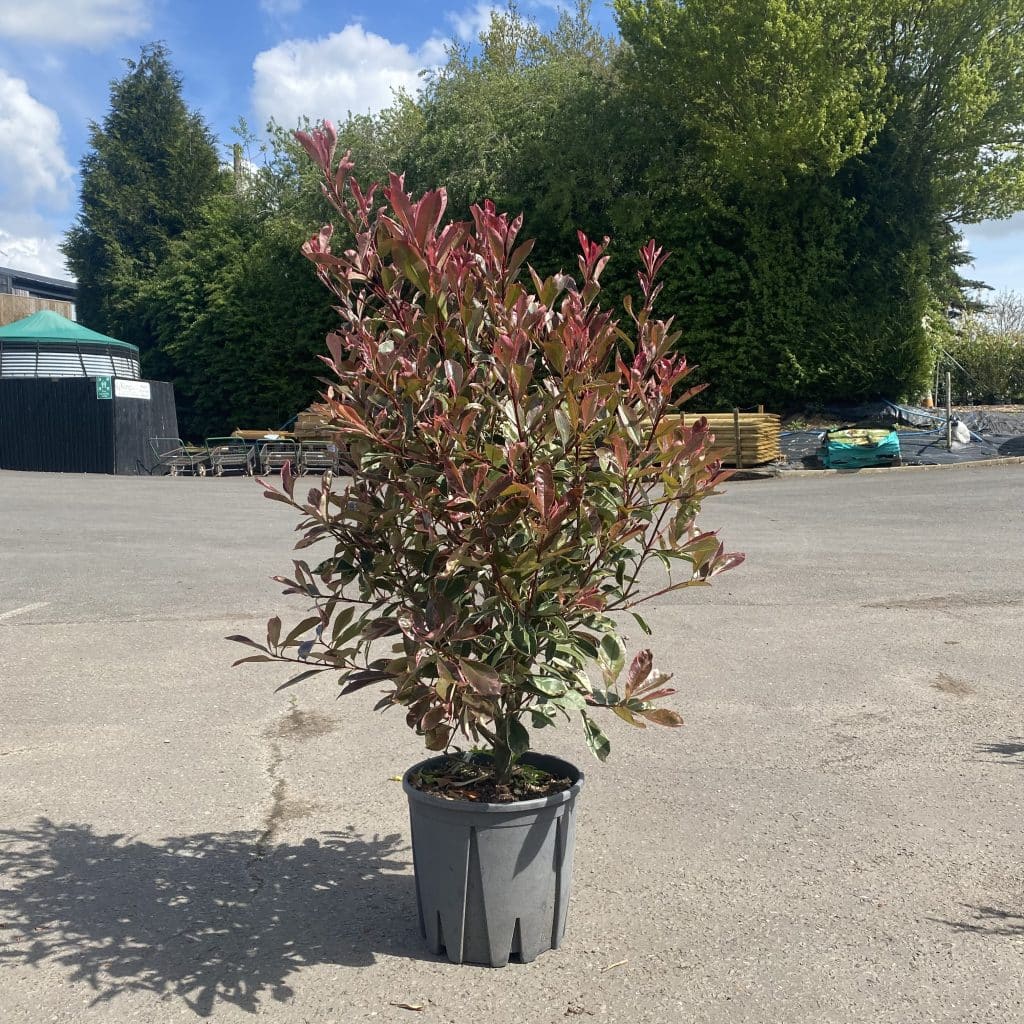

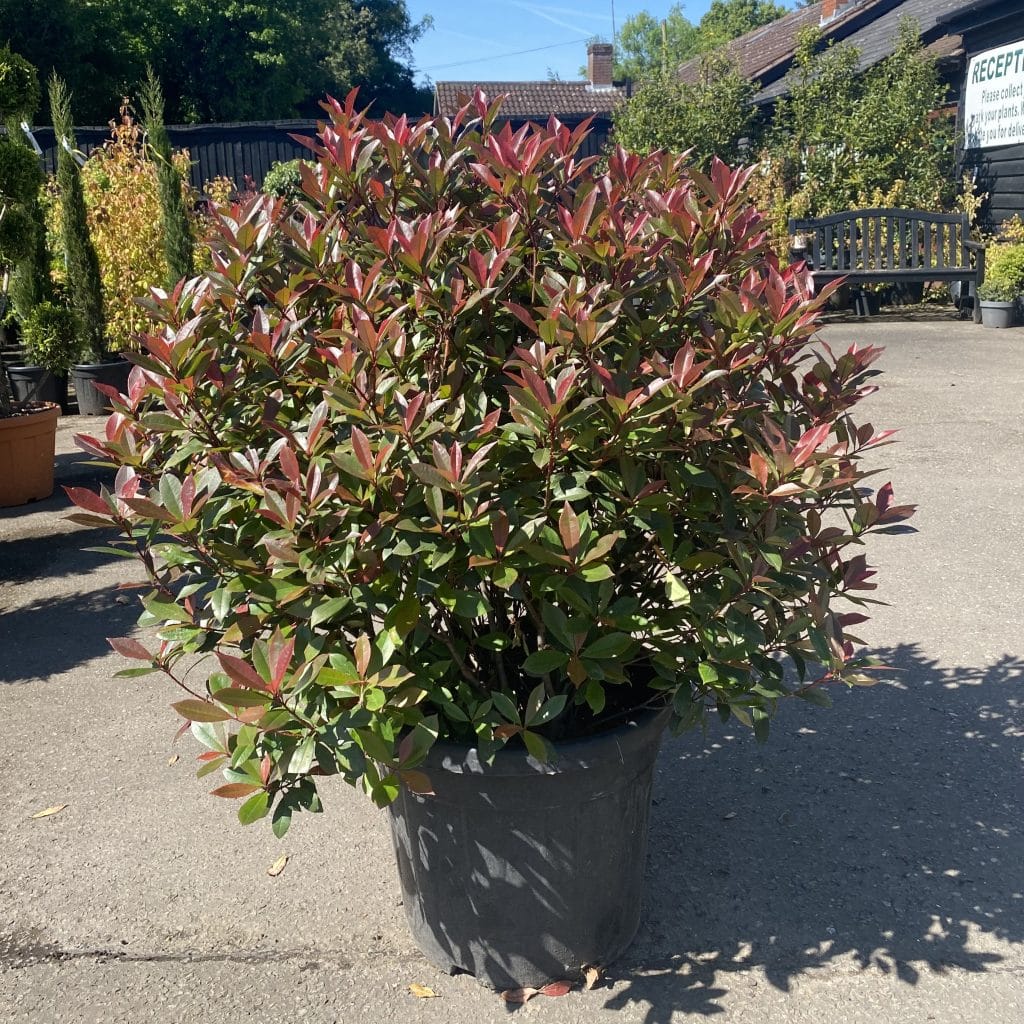
Photinia is a hardy plant that can tolerate temperatures as low as -10°C and is quite adaptable to most moist, well-draining soils. Just be sure to avoid planting in overly wet areas. Consistent watering is particularly important during the first few growing seasons. After that, your Photinia should generally take care of itself. For more in-depth advice, you might find our article on watering newly planted trees helpful. We also have a video guide specifically for Photinia Red Robin, if you’d like to take a look!!
Hopefully this helped to showcase this attractive evergreen and explain why Photinia is so popular. To explore whether this plant is right for your garden, we invite you to visit our website for more information and images. You can also get in touch with us by replying to this email or visit our nursery in Essex. If you decide to place an order, you’re welcome to come to our nursery to hand-select your trees, hedging plants, or shrubs, ensuring you get exactly what you envision for your outdoor space.
Read More:
Photinia trees used to block the view of an unsightly factory
Expert guide to Photinia
Photinia Planting Guide
Photinia – Hedge and Trees
In this article, we explain the process of growing Oak trees!
In our experience, growing oak trees from acorns is surprisingly easy. So easy, in fact, that we saw little reason in using a specialist UK propagator.
Once the acorns have grown into seedlings they are transplanted into rows with wider spacing to facilitate strong growth. As they mature, we transplant them twice more. This helps build a healthy, well-developed root system. By keeping the entire process in-house, you can also reduce the risk of exposure to serious diseases like Oak Processionary Moth.
One recurring challenge when growing oak trees is their natural tendency to fork out. They often fail to grow straight, lacking what’s called “apical dominance.” One method to correct this is planting trees close together. This encourages upward growth as each shoot reaches for sunlight. But tighter spacing reduces airflow, which increases the risk of mildew in summer. This can severely slow growth.
The best solution? Use a strong bamboo cane and tie the top shoot to guide it upward. It’s labour-intensive work, but it produces a clean, straight stem. Most customers never see the effort that goes into creating such a fine specimen.
Not always. Oaks are generally easy to grow compared to something like Elm. When we grew our own Elms, we partnered with a Scottish lab. They used meristematic tissue to produce around 2,000 seedlings in test tubes. It took three attempts before we finally had success. A much trickier process than growing oak trees from acorns.
Oak Processionary Moth (OPM) is a serious concern within the tree industry. The caterpillars of this moth have tiny hairs that can cause skin irritation and even respiratory problems in people. First detected in London, OPM has since spread, triggering strict movement restrictions on Oak trees with a girth over 8cm. Because of our location within a protected zone, we are not allowed to ship or sell Oak trees of that size outside the area.
As a Plant Healthy certified nursery , we take plant health and biosecurity seriously. To comply with current regulations and help stop the spread of OPM, we’ve made the responsible decision not to stock Oak trees over 8cm girth. However, we can still supply smaller, younger Oak trees that fall within permitted guidelines.
If you suspect a case of OPM, don’t touch the tree or caterpillars. Instead, report it immediately to the Forestry Commission!
1. Native trees for your garden
2. Oak Tree Alternatives: Discover Our Favourite Native Substitutes!
3. Evergreen oak: King & Co website
4. What is Oak Processionary Moth?
5. Oak Trees: King & Co website
A Christmas tree is often the centre of attention wherever it is placed. At King & Co, we offer a selection of potted Christmas trees that can be reused year after year, unlike cut trees that get thrown away.
The Nordman fir is one of our most popular potted Christmas trees. It’s a tall, evergreen tree with a full, pyramidal shape and strong, evenly spaced branches. Its smooth, grey-brown bark gains character as it ages, while dark green needles give it a classic look. In spring, cones begin to appear in red and green, maturing to brown in autumn.
Known for being low maintenance, the Nordman fir is ideal for larger gardens and woodlands. It’s also a top choice for potted Christmas trees thanks to its excellent needle retention.
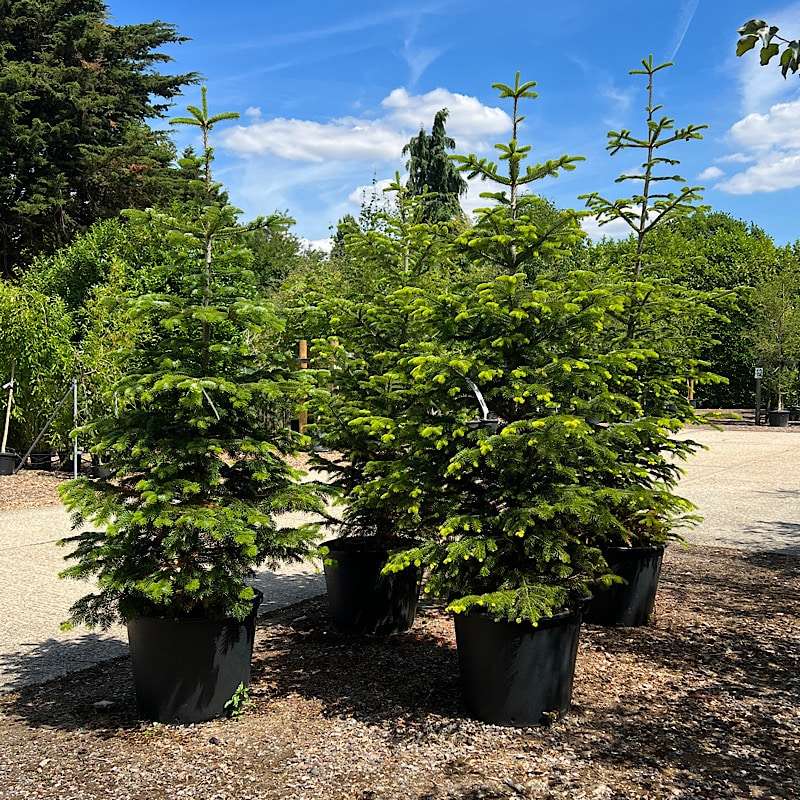

1. Nordman Fir Trees – (Abies)
You can buy trees, hedging, shrubs and topiary online by browsing our website.
If you do not see a plant or size that is suitable for you then please call as we stock a wide variety of plants in our tree nursery. It’s worth noting that many other websites sell other people’s stock (i.e. they act as an agent) so you cannot view the products at their own site. At King & Co, all of our advertised plants are available for viewing at our tree nursery in Rayne, near Braintree, situated just over an hours drive out of London.
Our knowledgeable and experienced tree nursery staff are always contactable via phone on 01376 340469 or if you have any questions regarding any of our trees or accessories.
If you cannot see what you require on our website, please complete the enquiry form. We will give it our urgent attention and will get back to you shortly with a solution that meets your needs.

If you are looking for specific evergreen trees, Photinia, Leylandii hedging, Leylandii trees, instant hedging or shrubs, use the search bar at the top of the page